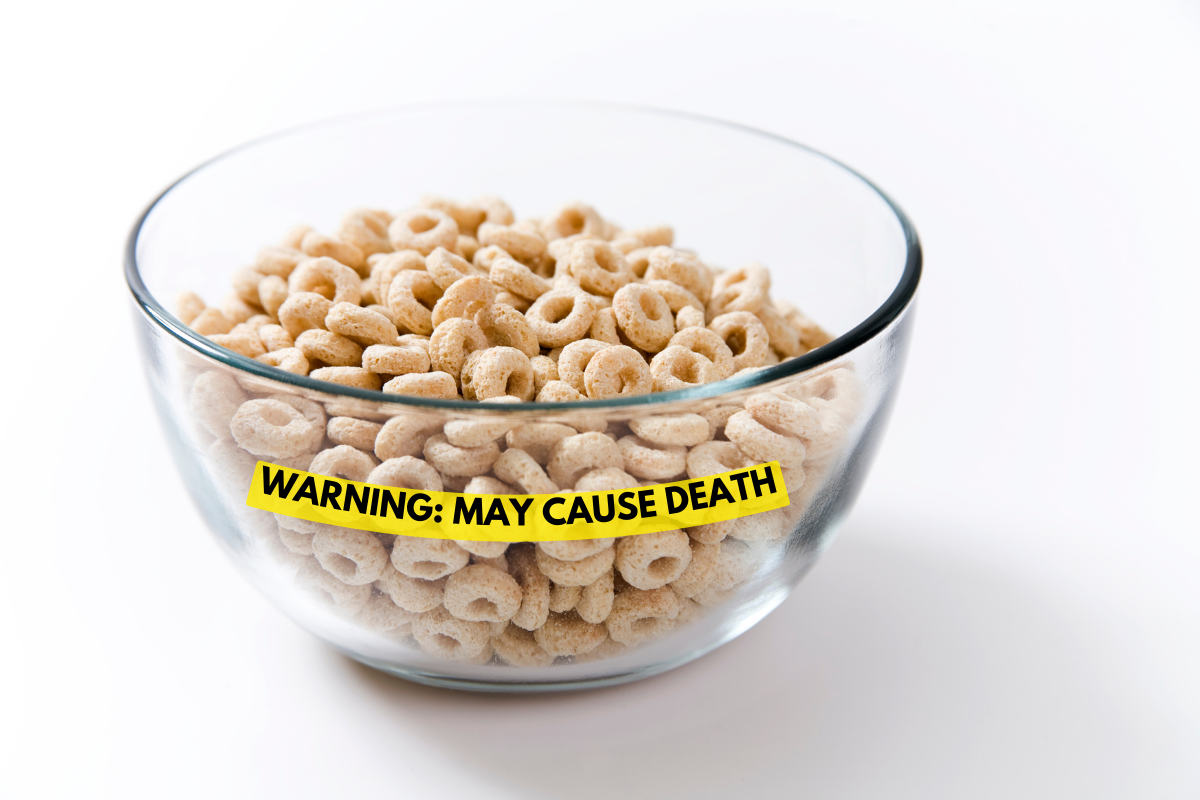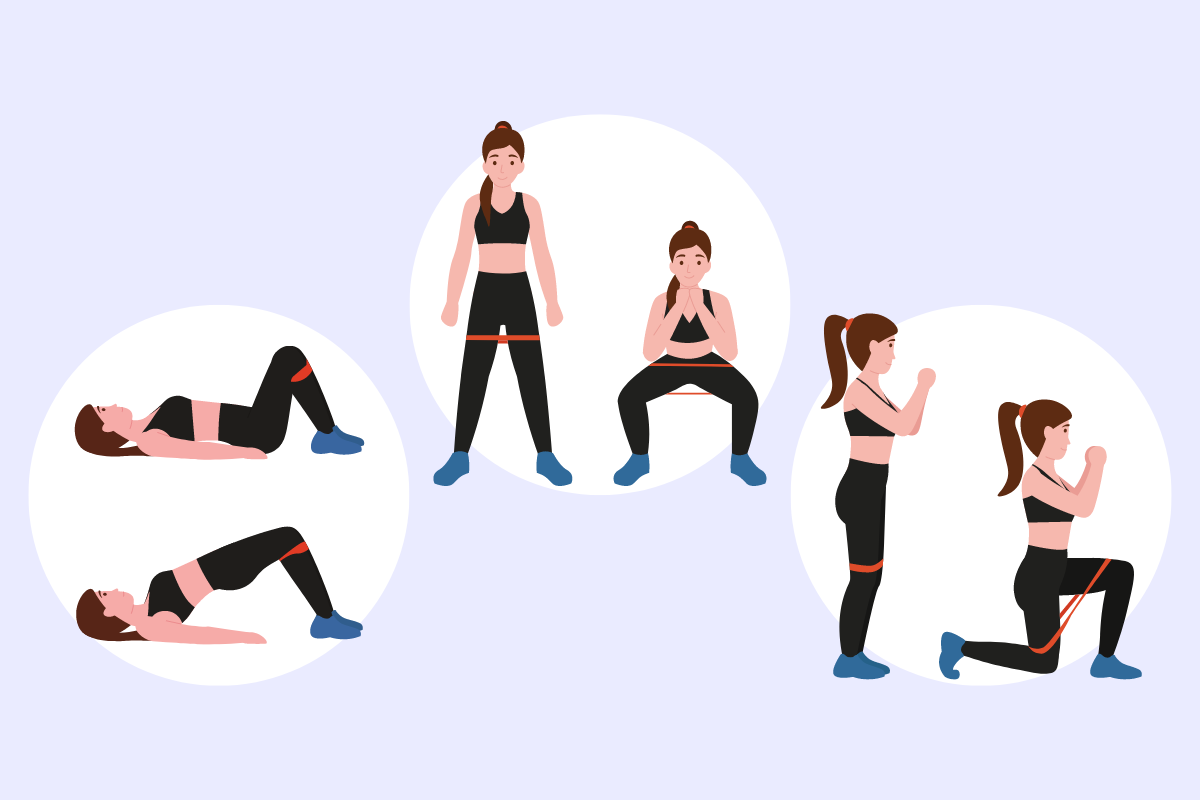
The same exercise recommended to pregnant women to prep for labor, is relied on by postpartum moms to rebuild the pelvic floor after vaginal delivery and reengage lower abdominals after a c-section. But getting Kegels right isn’t as intuitive as it seems, and doing them wrong can be bad.
“The vaginal walls are all muscle,” says Lucky Denenga, DPT, director of physical therapy and in-patient rehab at Texas Health Presbyterian Hospital, Dallas, “and Kegels are great for exercising those muscles to alleviate pelvic pain and to correct urinary incontinence.” That’s good news, because no matter how you delivered your sweet little, you’re at risk for those embarrassing pants-wetting sneezes and accidents while running or jumping (1).
The pelvic floor and the bladder work together, explains Denenga. “When the bladder contracts, the pelvic floor relaxes to allow urine to flow.” But after the pressure of a baby sitting on those areas for months, and the major stretching that happens during labor, those body parts are no longer in sync. “The pelvic floor needs to be strengthened and retrained to communicate with the bladder again,” she says. That’s where Kegels come in.
What is a Kegel?
A Kegel is a clench-and-release exercise that engages the pelvic floor—just pull the muscles you would use to stop peeing mid-stream in and up toward your head. Kegels are easy to do, and so discreet they can be done anywhere, standing around at home, sitting in the car, doing other strength exercises at the gym—you get the idea. And experts recommend doing 3 sets of 10 to 15 reps daily to see results (2).
Still, performing Kegels correctly is an issue. A study done in the early 1990s shows nearly a quarter of women weren’t do them right after being given simple verbal or written instructions, and instead they were contracting muscles in a way that increased incontinence issues and left vaginal walls loose instead of taught (3).
That research holds true for women today, says Denenga. “Nearly 25% of the new moms I’ve seen in practice are doing Kegels wrong, and need to be shown how to do them the right way,” she says. That means, you need watch your vagina in action.
How to Do a Kegel Correctly
Ready to see if you’re doing Kegels the right way? Take off your undies and place a mirror between your feet. (“Don’t forget to close the curtains!” Denenga notes.) Squat, as though you’re about to sit in a chair, and take a look while you do your Kegels.
When you squeeze the pelvic floor, you want to see the vaginal opening pull up and in, says Denenga. “If your perineum, the area between your vaginal opening and rectum, appears to push out or protrude, then you’re bearing down and doing Kegels incorrectly,” she says.
More signs you’re doing them wrong: “If you’re holding your breath, squeezing your abs, tightening your butt, or clenching your thighs—sorry, you’re not engaging your pelvic floor muscles correctly,” says Denenga, who recommends all moms have at least one postpartum physical therapy session to make sure the pelvic floor is on track to recover smoothly.
And while you’re looking down there, check out your labia. Does one side seem plumper or hang lower than the other? Is anything protruding when you bear down? “Those could be visual signs of pelvic muscle imbalance or atrophy, or bladder or rectal prolapse,” says Denenga. Serious issues that need to be discussed with your OB-GYN—stat.
“It’s so important for women to get to know their vaginas,” says Denenga. “You can learn so much about your pelvic health just from looking at the outside.” Even the color can change from week to week, telling you a lot about where you are in your menstrual cycle or whether you’re optimally hydrated, Denenga adds.
Sources:
- Press, J.Z., Klein, M.C., Kaczorowski, J., Liston, R.M. and Von Dadelszen, P. “Does Cesarean Section Reduce Postpartum Urinary Incontinence? A Systematic Review.” Birth (2007) 34: 228-237. https://doi.org/10.1111/j.1523-536X.2007.00175.x
- Mayo Clinic Staff. “Kegel Exercises: A How-to Guide for Women.” Mayo Clinic (2020). https://www.mayoclinic.org/healthy-lifestyle/womens-health/in-depth/kegel-exercises/art-20045283
- Bump, R C et al. “Assessment of Kegel pelvic muscle exercise performance after brief verbal instruction.” American journal of obstetrics and gynecology 165,2 (1991): 322-7; discussion 327-9. doi:10.1016/0002-9378(91)90085-6 https://pubmed.ncbi.nlm.nih.gov/1872333/












